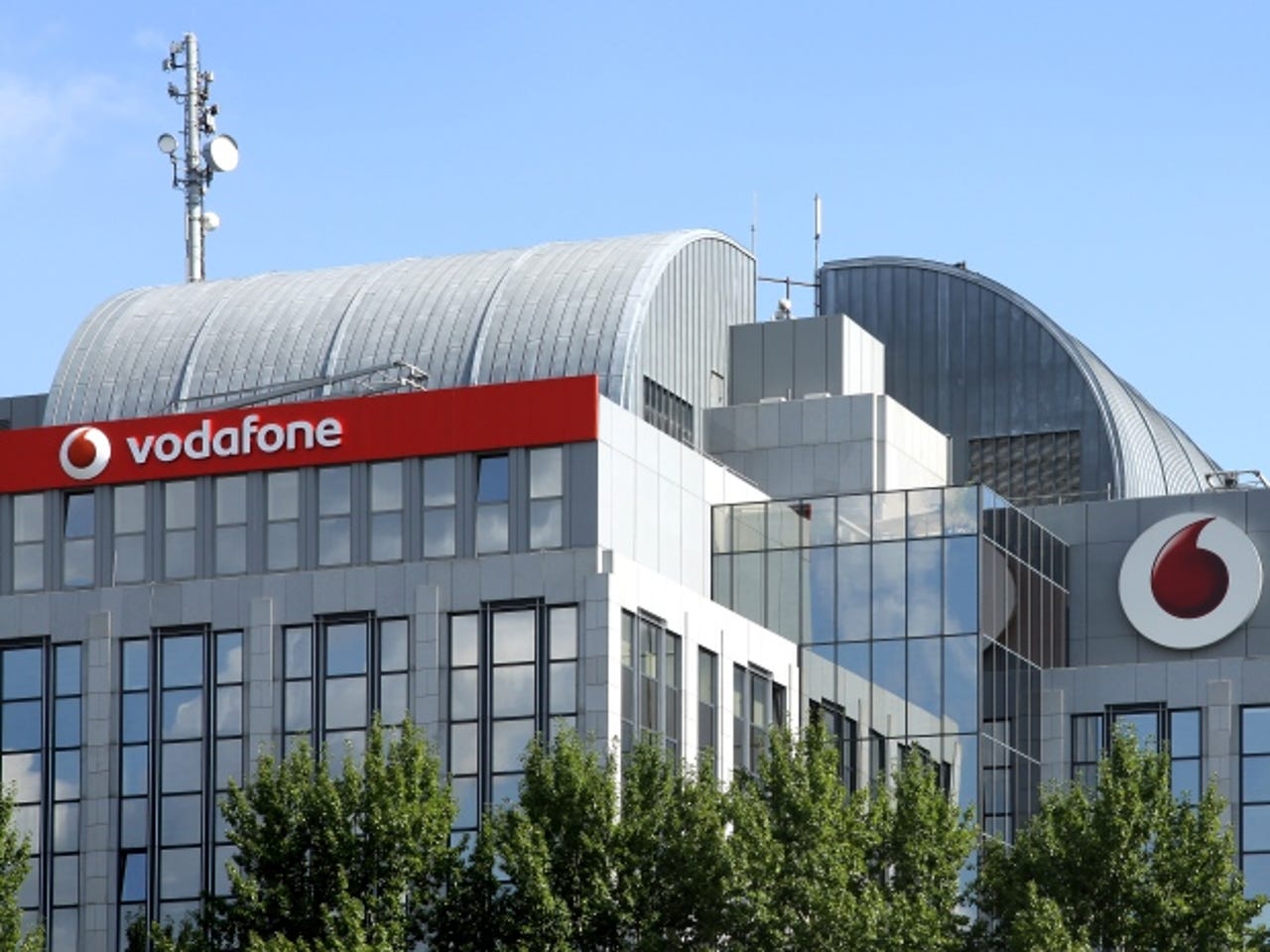Vodafone Germany chief: 85 percent of mobile traffic is video

The advantages of '4G' LTE over earlier versions of mobile broadband include low latency and high speeds, which makes it ideal for video.
So it was only partially surprising to hear Jens Schulte-Bockum, the head of Vodafone Deutschland, tell the audience at the Innovation Qualcomm conference in Berlin that more than 85 percent of traffic on his network comprises video. After all, Vodafone is one of the LTE trailblazers here in Germany.

But then I checked again what he'd said. It wasn't 85 percent of LTE usage: it was 85 percent of Vodafone DE's overall mobile services. On LTE, Schulte-Bockum told me, the figure is much higher.
This is interesting for a couple of reasons. Firstly, that's a surprisingly large number. And secondly, Schulte-Bockum said, Vodafone isn't monetising that video traffic. Even on its LTE services, which have been rolled out to rural areas first as demanded by German regulators, Vodafone DE isn't offering any kind of IPTV-over-cellular service. This is pure user demand.
As Analysys Mason analyst Morgan Mullooly mentioned to me after Schulte-Bockum's speech: "It's a stretch to say that they're not monetising it when they're selling data packages." But which operator these days is happy with being a so-called 'dumb pipe'?
(Mullooly also told me that his firm's research had shown most mobile data traffic in Germany was email not video, but Schulte-Bockum was pretty adamant so let's give him the benefit of the doubt for now.)
Schulte-Bockum said Vodafone DE was thinking about how to monetise video, but hadn't come to any conclusions just yet. This is where net neutrality advocates' ears will prick up, but the Vodafone DE chief insisted that there were no plans to push Voda's own video services to the detriment of those provided by other players.
LTE: finite capacity
You may ask why they would even think about downgrading rival traffic, given LTE's vast capacity. That's where another interesting figure, quoted to me by Schulte-Bockum after his speech, comes into play.
Vodafone DE has had to roll out in rural areas first because, as in the UK and most other countries, those are the areas that have lousy fixed-line broadband. LTE is the wireless alternative to that, so it's generally used in such areas to provide connectivity for laptops (which is why high proportions of video usage are not so shocking).
According to Schulte-Bockum, a single LTE cell being used to hook up fixed-line-replacement customers starts to max out around the 200-user mark.
A useful reminder that 4G may provide a huge step up from the capacity of 3G, but it's far from an infinite resource.
And, given the proliferation of online video — both as a standalone product and one that is embedded in other services — that's why net neutrality can never be taken for granted, no matter what technology is being used.